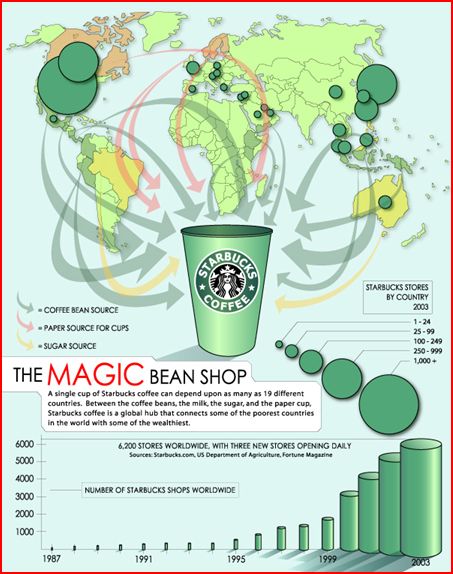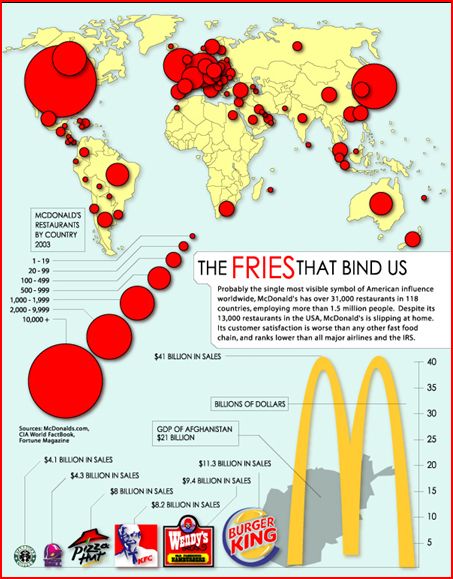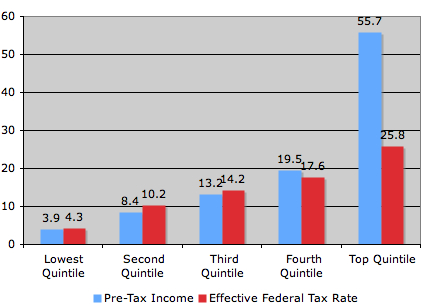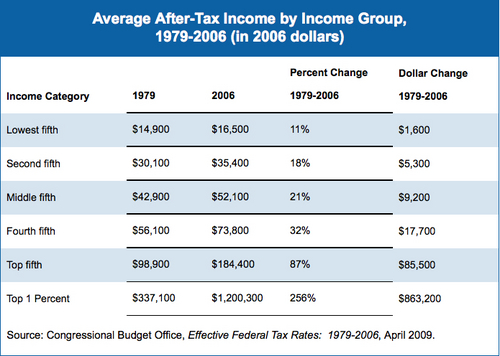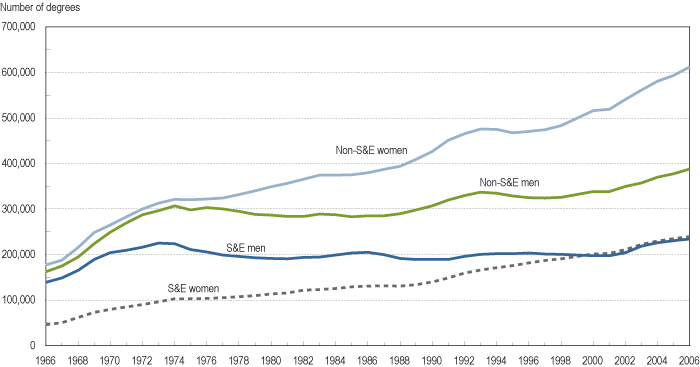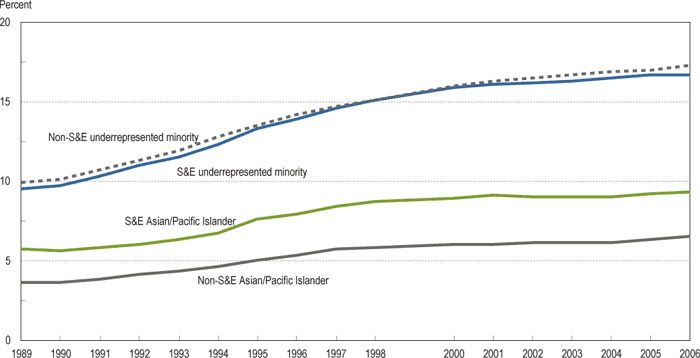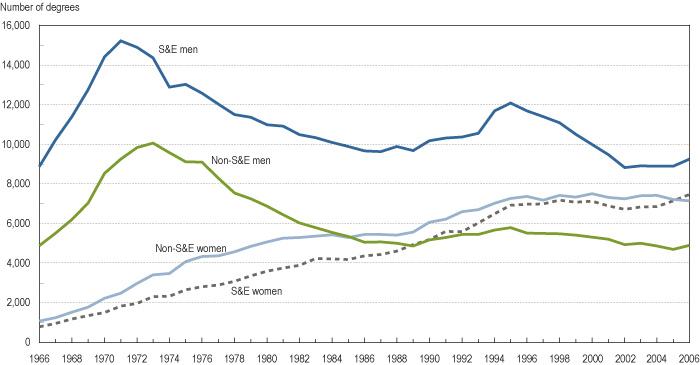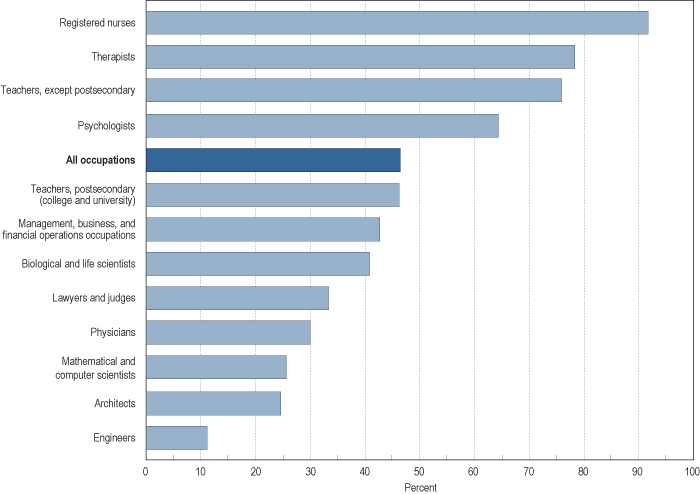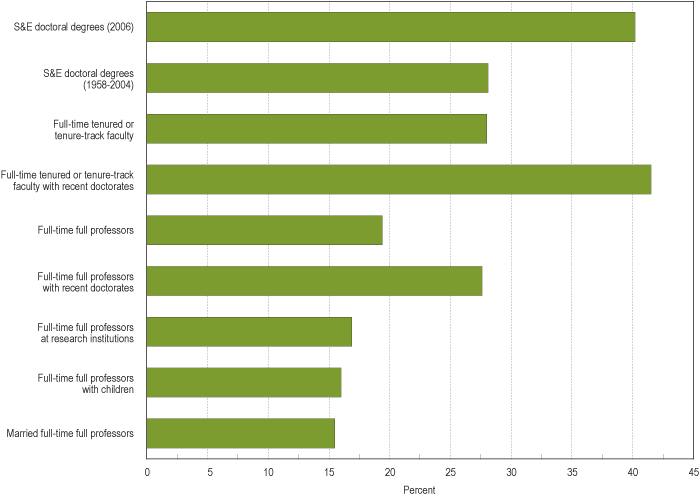I read Naomi’s Wolf’s book The Beauty Myth when it was first published in 1991. As an undergrad growing into my own version of a third-wave feminist identity in beauty-centric southern California, her words rang so true. If knowledge is power, then I and other feminists were certain that soon the tide would turn — girls and women would stop buying into this myth, stop buying magazines that promoted body-loathing, and we would rebel against unrealistic and unhealthy social norms.
Sadly, it’s 18 years later, and her message still resonates with undergrad women (and men) today. As a professor, I had the privilege of meeting Naomi when she came to speak at my campus, California Lutheran University, to present “The Beauty Myth.” As you watch this clip of her new DVD, I encourage you to ask yourself (1) How many girls and women do I know who believe in this myth? (2) Which corporations are profiting from their misery?, and (3) What am I doing to reject the myth and help others reject it?
Personally, I think make-up/hair products/push-up bras are okay as long as you don’t feel like you cannot leave the house without them — costumes can be fun as long as you love and accept yourself when you are ‘un-costumed.’ Eating healthy and moderate exercise are good goals, as long as your self-image and self-worth are not defined by your weight/size. For this post, I won’t weigh in on cosmetic surgery…that’s a whole post unto itself. But, as the mom of a 5-year-old daughter, I make sure to never criticize my appearance in front of her (though, I’m still working on not being critical in my own head), and I aim to de-emphasize physical beauty as a value in my interactions with her. Here’s wishing that Wolf’s The Beauty Myth will strike future generations of college students as truly mythical – outdated, outlandish, and out of touch with their generation…
Adina’s book, Damaged Goods? Women Living with Incurable Sexually Transmitted Diseases came out in 2008. You can see an earlier post of hers, about sexually transmitted disease and stigma, here.
——————————
Adina Nack is an associate professor of Sociology at California Lutheran University specializing in medical sociology with a focus on gender inequality and sexual health. You can visit Adina online here. We are pleased to feature a post she wrote for us reflecting on a talk by Naomi Wolf, author of The Beauty Myth.
If you would like to write a post for Sociological Images, please see our Guidelines for Guest Bloggers.


